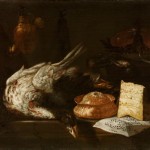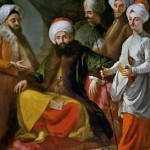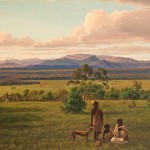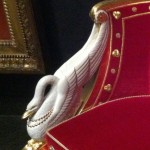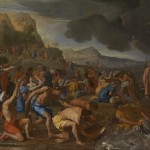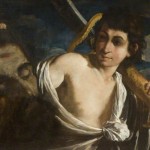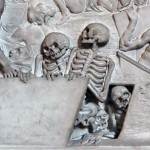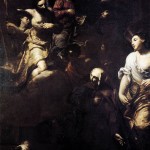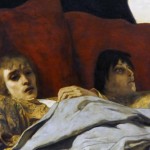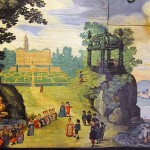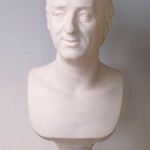
This weekend is the final weekend of the NGV’s Masterpieces from the Hermitage: The Legacy of Catherine the Great. There are talks, drawing and music events over the weekend (see more here http://www.ngv.vic.gov.au/whats-on/programs-events/). I gave a talk at the first Friday Late event on Marie-Anne Collot’s bust of Diderot and thought I would share some of my thoughts on this portrait as a final farewell to the exhibition. In the current exhibition at the NGV of ‘Treasures from the Hermitage’ we enter the exhibition face-to-face with Catherine the Great’s formal royal portrait by Alexander Roslin, a portrait that embodies her position as an autocratic ruler. She is flanked by marble busts of two of France’s leading Enlightenment thinkers, Voltaire and Diderot. Both men enjoyed a type of friendship with Catherine, writing letters and sharing ideas. Catherine was well-travelled, well-educated, spoke…

